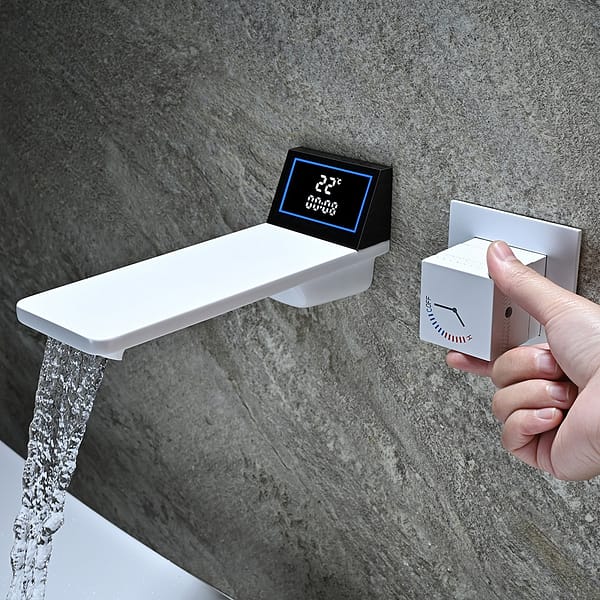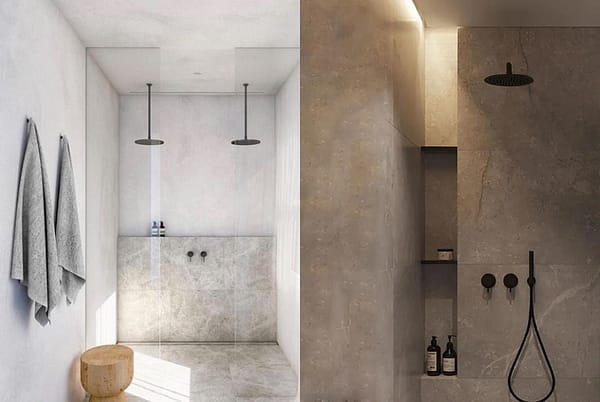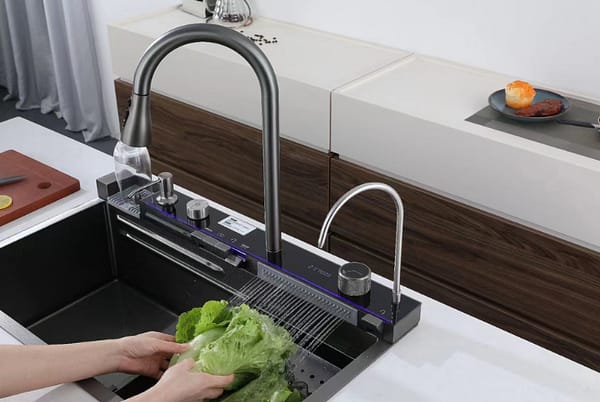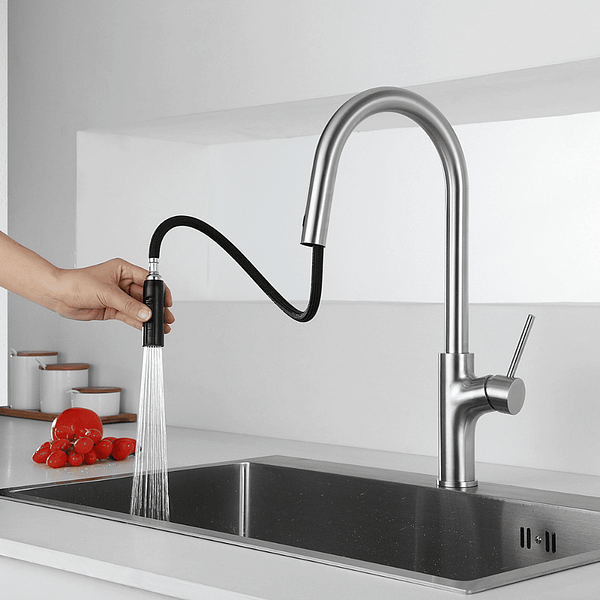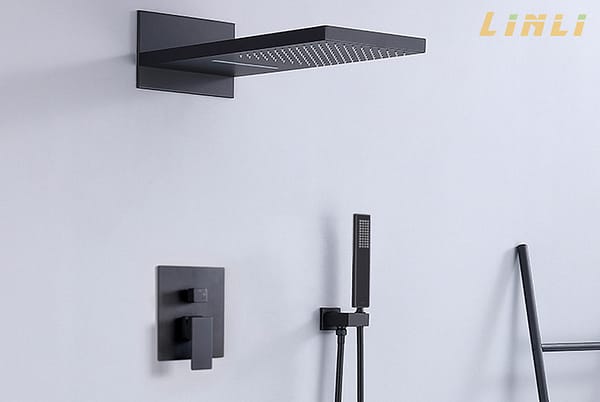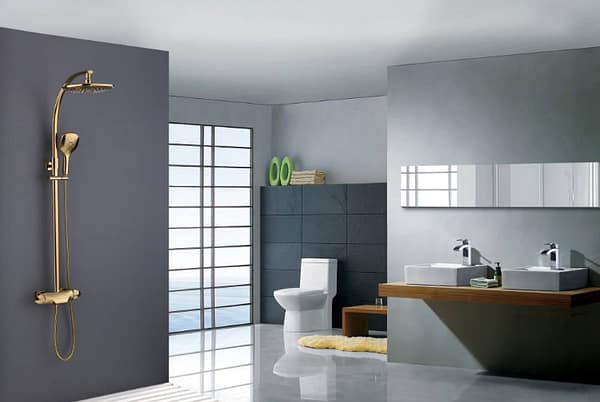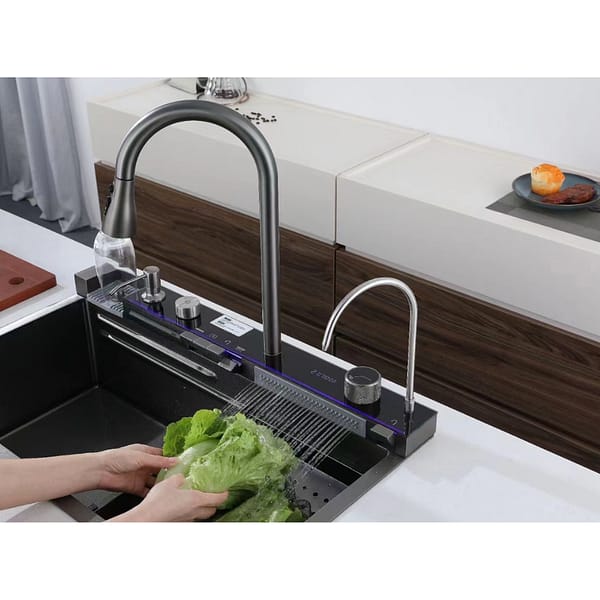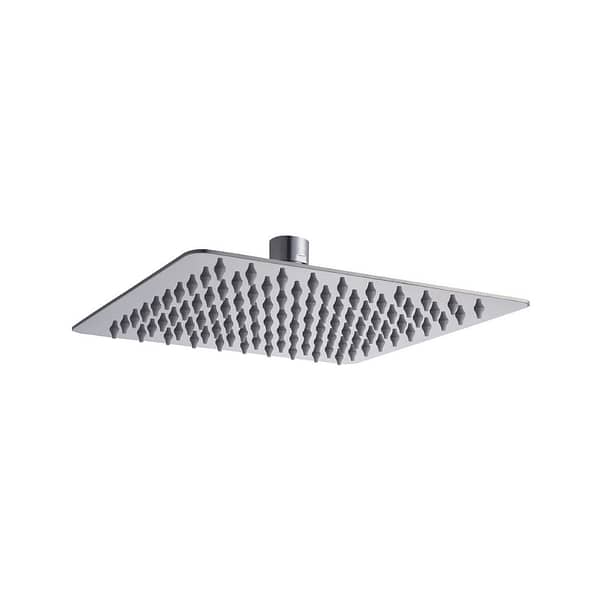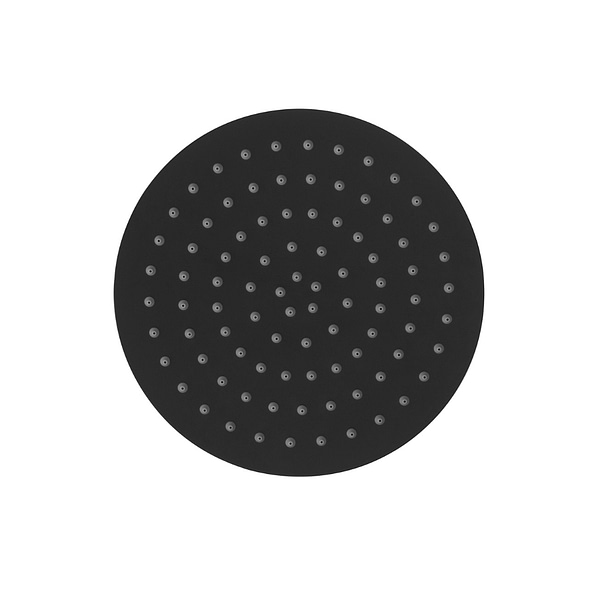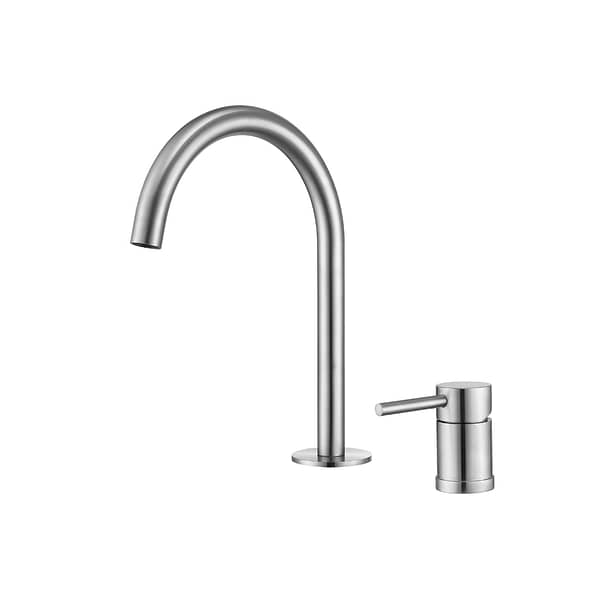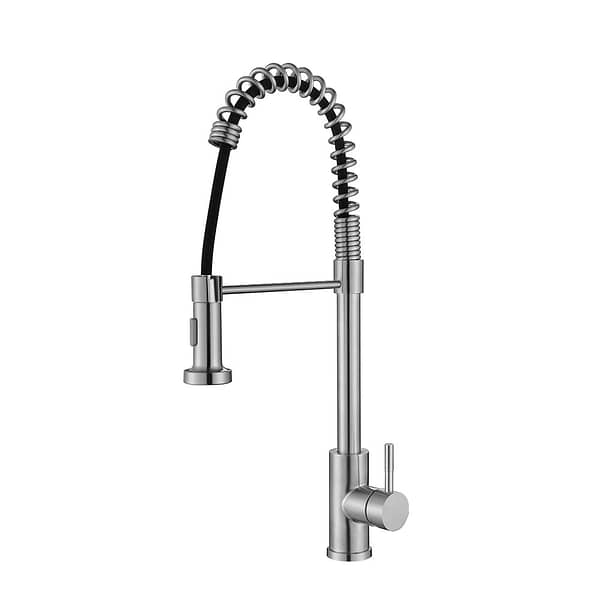What is a Concealed Thermostatic Shower and How Does it Work?
A concealed thermostatic shower is a type of shower system that incorporates a hidden valve body behind the wall, providing a sleek and minimalist appearance. It offers precise temperature control and helps maintain a consistent water temperature during showering. Let’s take a closer look at how it works:
Components of a Concealed Thermostatic Shower:
-
Valve Body: The valve body is the central component of a concealed thermostatic shower. It is installed behind the wall and connects to the hot and cold water supply lines. The valve body contains the thermostatic cartridge and mixing valves.
-
Thermostatic Cartridge: The thermostatic cartridge is responsible for regulating and maintaining the desired water temperature. It consists of a temperature-sensitive element that adjusts the flow of hot and cold water to achieve the set temperature.
-
Control Handles: The control handles or levers are located on the shower wall and are connected to the valve body. They allow the user to adjust the water flow rate and control the temperature. Some concealed thermostatic showers may have separate handles for temperature control and water flow control.
-
Showerhead: The showerhead is the component that delivers water for showering. It is connected to the valve body through a shower arm and can be adjusted for different spray patterns.
Working Principle:
-
Temperature Control: When you set the desired temperature on the control handle or lever, the thermostatic cartridge inside the valve body responds to the temperature changes. It adjusts the ratio of hot and cold water flowing into the mixing valves accordingly.
-
Maintaining Temperature: The thermostatic cartridge continuously monitors the temperature of the mixed water. If there is a fluctuation in the incoming water temperature, such as a sudden increase in hot water due to a flushing toilet, the cartridge will adjust the flow of cold water to maintain a consistent output temperature.
-
Water Flow Control: The control handles or levers also allow you to adjust the water flow rate. You can increase or decrease the water pressure to achieve your desired showering experience.
-
Safety Features: Concealed thermostatic showers often incorporate safety features to prevent scalding or sudden temperature changes. They may include a maximum temperature limit, which prevents the water from exceeding a certain temperature, typically to protect against accidental scalding.
Overall, the concealed thermostatic shower system ensures a comfortable and safe showering experience by providing precise temperature control and stability, as well as customizable water flow rates.
Before purchasing and installing a concealed thermostatic shower, there are several important factors to consider. Here’s what you need to know:
-
Compatibility: Ensure that the concealed thermostatic shower system you choose is compatible with your existing plumbing setup. Check the specifications of the shower system and compare them with your current plumbing connections, including the size of the water supply lines and the spacing between them.
-
Water Pressure: Verify the water pressure in your home to ensure it meets the requirements of the concealed thermostatic shower system. Some systems have specific minimum or maximum water pressure limits for optimal performance. If your water pressure is outside of these limits, you may need to install a pressure regulator or consider alternative solutions.
-
Valve Depth: Measure the depth of the wall cavity where the shower system will be installed. Concealed thermostatic showers require sufficient space behind the wall to accommodate the valve body. Ensure that the chosen system can fit within the available space without compromising the integrity of the wall.
-
Quality and Brand: Consider the quality and reputation of the manufacturer or brand. Look for trusted brands that offer reliable products with good customer reviews. Investing in a reputable brand ensures better durability, performance, and customer support.
-
Features and Design: Determine the features and design elements you desire in a concealed thermostatic shower. Consider options such as rainfall showerheads, adjustable sprays, hand showers, or additional features like LED lighting or digital displays. Choose a design that matches your bathroom decor and personal preferences.
-
Budget: Set a budget for your concealed thermostatic shower purchase. Prices can vary significantly depending on the brand, features, and materials used. Consider your budgetary constraints and prioritize features that are most important to you.
-
Professional Installation: Installing a concealed thermostatic shower may require professional plumbing skills, especially if it involves significant modifications to the plumbing system or wall. Evaluate your own expertise and determine if you need to hire a professional plumber for the installation. Improper installation can lead to leaks, water damage, or functional issues.
-
Warranty and After-Sales Support: Check the warranty terms offered by the manufacturer. A reliable warranty ensures that you can receive assistance or replacement parts if any issues arise. Additionally, consider the availability of after-sales support, including customer service or technical assistance.
By considering these factors before purchasing and installing a concealed thermostatic shower, you can make an informed decision and ensure a successful installation process that meets your requirements and preferences.
Installing and maintaining a concealed thermostatic shower can seem like a daunting task, but with the right guide and a bit of knowledge, it can be a straightforward process. In this guide, we’ll walk you through the steps required for installing and maintaining a concealed thermostatic shower system. Let’s get started!
Installation Steps:
-
Choose the Right Shower System: Before you begin the installation, select a concealed thermostatic shower system that suits your needs. Consider factors like design, features, and compatibility with your plumbing setup.
-
Gather the Required Tools: Ensure you have the necessary tools for the installation. Common tools include a drill, wrenches, screwdrivers, pipe cutter, measuring tape, and Teflon tape.
-
Turn Off Water Supply: Locate the main water supply to your bathroom and shut it off. You may need to close the water supply valves under the sink or near the shower.
-
Remove Existing Fixtures: If you have an existing shower system, remove the showerhead, handles, and other components. Use a wrench or pliers to disconnect the water supply lines.
-
Measure and Mark: Measure the height at which you want to install the shower system. Use a measuring tape to mark the positions for the showerhead, control valves, and other components. Ensure the marks are level and accurately aligned.
-
Cut Openings: Use a drill and appropriate hole saws to create openings in the wall for the showerhead, control valves, and other fixtures. Be careful to avoid damaging any plumbing or electrical lines behind the wall.
-
Mount the Valve Body: Install the valve body into the opening according to the manufacturer’s instructions. Use mounting brackets or screws to secure it in place. Ensure the valve body is level and aligned with the marks you made earlier.
-
Connect the Plumbing: Connect the hot and cold water supply lines to the appropriate inlets on the valve body. Use Teflon tape to secure the connections and prevent leaks. Tighten the connections using wrenches, but avoid over-tightening.
-
Install the Showerhead and Controls: Attach the showerhead to the shower arm using Teflon tape to secure the connection. Install the control handles or levers according to the manufacturer’s instructions. Make sure they are securely fastened.
-
Test for Leaks: Turn on the main water supply and test the shower system for leaks. Check all connections, including the valve body, showerhead, and control handles. If any leaks are detected, tighten the connections or use additional Teflon tape to seal them.
-
Adjust the Thermostat: Most concealed thermostatic showers allow you to set the desired water temperature. Follow the manufacturer’s instructions to adjust the thermostat to your preferred temperature range.
-
Seal Openings: Use silicone caulk to seal any gaps or openings around the showerhead, control handles, and valve body. This helps prevent water from seeping into the wall.
Congratulations! You have successfully installed your concealed thermostatic shower system. Now, let’s move on to maintenance tips.
Maintenance Tips:
-
Clean the Showerhead: Regularly clean the showerhead to remove mineral deposits or any debris that may affect water flow. Use a mild cleaning solution or vinegar to soak the showerhead and scrub it gently with a brush. Rinse thoroughly afterward.
-
Check for Leaks: Periodically inspect the shower system for any leaks. Look for drips or moisture around the control handles, valve body, and connections. If you notice any leaks, address them promptly to prevent further damage.

